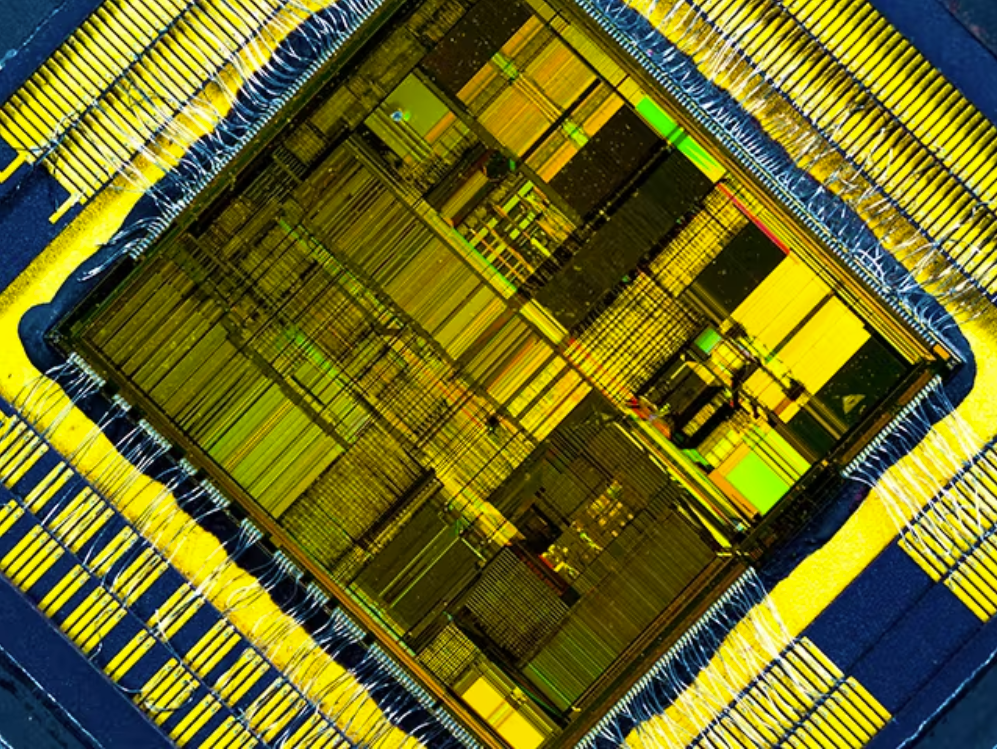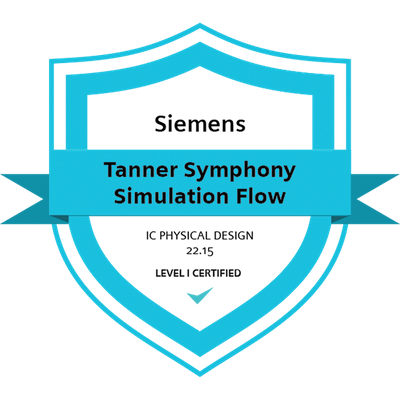Do You Need Help With Your “Analog/Mixed Signal” Designs?

We Have New Tanner/Symphony Training for You!
Design verification process has been always described as the most time and resources consuming process in the IC design flow.
Working in mixed signal IC design, would even add more complexity and challenges to the verification process, having to consider running different types of simulations on your designs, these simulations need to be fast and accurate as well as easily integrated into the existing analog and digital verification flows.
Siemens EDA’s Symphony platform is the industry’s fastest and most configurable mixed-signal solution that is used to accurately verify your design functionality, connectivity, and performance across Analog and Digital interfaces at all levels of the design hierarchy including Questa, VCS, Incisive and Xcellium digital simulators, and AFS analog simulator.
Symphony integrates Analog Fast SPICE (AFS), as the analog simulation kernel. It has all AFS capabilities for simulating the analog part of the design, taking the advantage of the AFS circuit simulator’s nm SPICE accuracy, performance, and capacity, supporting different types of simulation analyses such as DC Operating Point, Transient and Transient Noise Analyses, and Monte Carlo.
Symphony provides pre-defined boundary elements to connect different domains, which name E2L and L2E for the most common commands.
Siemens EDA also offers Tanner Schematic Capture tool (S-Edit), which is an easy-to-use design environment for schematic capture and design entry, it simplifies the design and verification process of Analog/Mixed-signal designs. Symphony is tightly integrated with Tanner (S-Edit) for Analog on top (AoT) designs.
Within S-Edit, designers can set up and launch simulations, view the results in EZwave software, and back-annotate results to the schematic.
EZwave displays both the analog and digital signals in the same hierarchy. In addition to the boundary elements. It uses different colors conventions to differentiate between them in the interface. All the signals can be plotted in the same window, so that they can be analyzed and measured together.

You can learn more about Tanner S-Edit and how it is integrated with Symphony by visiting the Siemens Xcelerator Academy page: Hardware & software applications courses | Siemens Software and purchase our “Tanner Symphony Simulation Flow On-Demand Training Course”: Siemens Xcelerator Academy: On-Demand Training where you can have access to training videos, self-assessments and lab exercises.
After completing the course, you can test your knowledge and differentiate yourself by taking our Certification Exam and earn a verified digital badge!

Author: Yarah Keelany, Customer Training Engineer, Siemens EDA Learning Services


